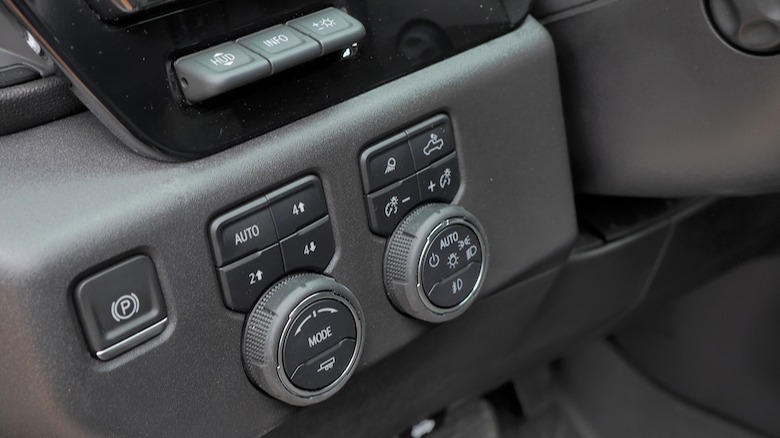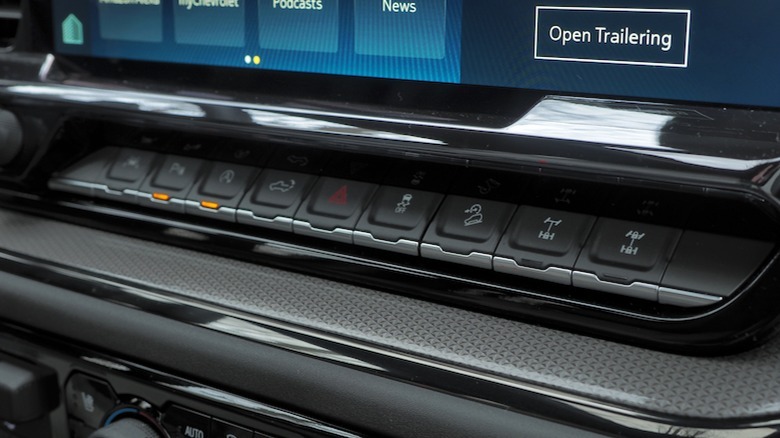There’s a lot going on, then, but Chevrolet does its best to offer that up in a non-intimidating way. Buttons to the lower left of the steering wheel handle switching between Auto/4 High/4 Low/2 High, with a knob below for changing drive mode and enabling the trailering package features. Toggles below the touchscreen take care of the diff-locks and the hill descent control. In short, it’s about as easy as you could hope it might be — without simultaneously making it too easy to get yourself into trouble.
As we discovered last year, the Silverado ZR2 is more than up to the challenge of roaming off-road. What surprises is how well all that kit carries over to regular roads, and you can probably credit Multimatic’s contribution for that.
The Dynamic Suspensions Spool Valve, or DSSV, isn’t new tech: Chevy actually used the damper system on ZR2 trucks back in the mid-2010s. Effectively they can change how firm or soft they are, depending on how heavy a load they’re handling: presented with the slams and jolts of a dry riverbed, spool valves inside make them firmer, but the more sedate changes on a stretch of highway sees them soften.
They work, but then again so do a lot of adaptive damping systems. What sets Chevy’s implementation apart is that, though there are various drive modes, they don’t need to set the dampers into, say, an off-road or on-road configuration. Instead, they just react according to the terrain you’re on: something you’ll appreciate if you aim the Silverado at a massive pothole just to see what happens. It was magical on the Colorado ZR2, and it feels magical here.



